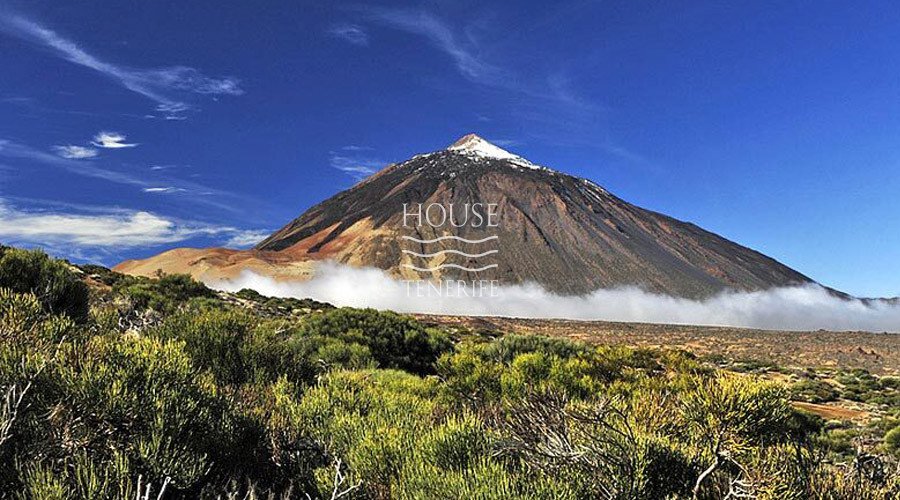Geological feature of Tenerife
The island of Tenerife, one of the largest islands in the Canary Islands archipelago, is famous for its volcanic formations. The geological history of this place is rich in outstanding phenomena that attract the attention of scientists and tourists from all over the world.
Volcanic Landscape Tenerife
It is a living monument to volcanic activity, with a unique landscape where volcanoes play a key role. Here are some key highlights and features of this impressive volcanic landscape:
Mount Teide
The main star of the Tenerife volcanic ensemble is Mount Teide, the highest point in Spain. Its impressive height and nature make it an unrivaled destination for exploration and tourism.
Besides Teide, there are other volcanoes in Tenerife that also deserve attention. Here are some of them:
Pico Viejo (3134 meters) is the second highest volcano in Tenerife. This is a shield volcano located in the northern part of the island.
Pico Rocado (2351 meters) is a volcano located in the central part of the island. This is a stratovolcano that has the shape of a cone.
Montagnan Picona (2341 meters) is a volcano located in the central part of the island. This is a stratovolcano that has the shape of a cone.
Chinyero (1564 meters) is a volcano located in the north of the island. This is a stratovolcano that has the shape of a cone.
Volcano Chinero is the youngest volcano in Tenerife. It last erupted in 1909. Chinyero is an interesting site to study as it allows us to see how volcanic rock is formed.
Geological History
The history of volcanic activity in Tenerife goes back millions of years. These volcanoes, born of geological processes, have left their mark on the landscape, forming unique landscapes and formations.
Teide National Park
Teide National Park, recognized by UNESCO, is a living textbook of geology and biology. It is known for its volcanic craters, lava fields and diverse flora and fauna.
Tourism and Volcanoes
Tenerife’s volcanic formations attract tourists from all over the world. Activities including climbing Mount Teide and hiking along volcanic trails make this island a unique destination for adventure lovers.
Volcanic formations play an important role not only in nature, but also in the life of the local population and the economy of the island.
Environmental Significance
These unique natural formations are home to many rare plant and animal species, making them an important conservation site.
Tourist Impulse
Tenerife’s volcanic formations attract millions of tourists, contributing to the development of the tourism industry and bringing economic benefits.
The Future of Tenerife’s Volcanic Heritage
Despite its volcanic nature and the risks associated with it, Tenerife is actively using its volcanic heritage for sustainable development and improving the quality of life.
Local organizations and authorities monitor tourist flows in order to preserve the island’s natural resources and its unique ecosystem.
Innovation and Balance
Using cutting-edge technologies and practices, Tenerife strives to strike a balance between tourism and conservation to preserve its volcanic heritage for future generations.
Conclusion
Tenerife’s volcanic formations are not only a spectacular landscape, but also a valuable source of knowledge, attracting tourists and inspiring sustainable development. The island continues to delight people with its natural wonders and remains an important symbol of volcanic heritage.



